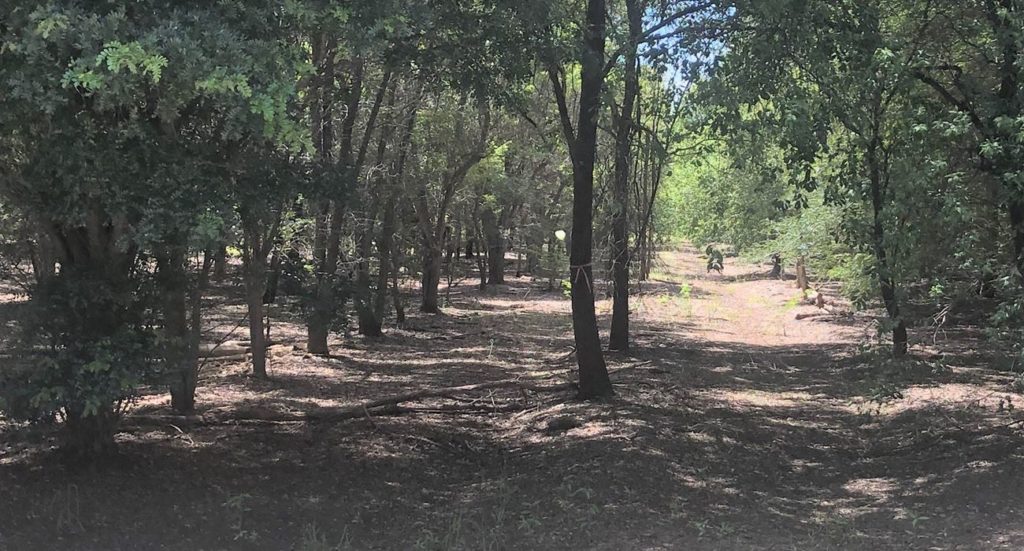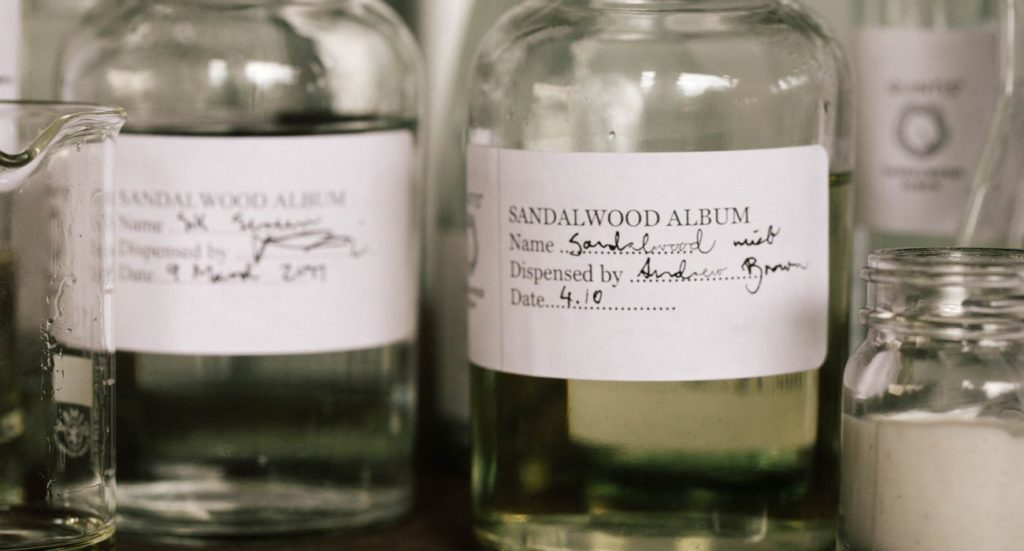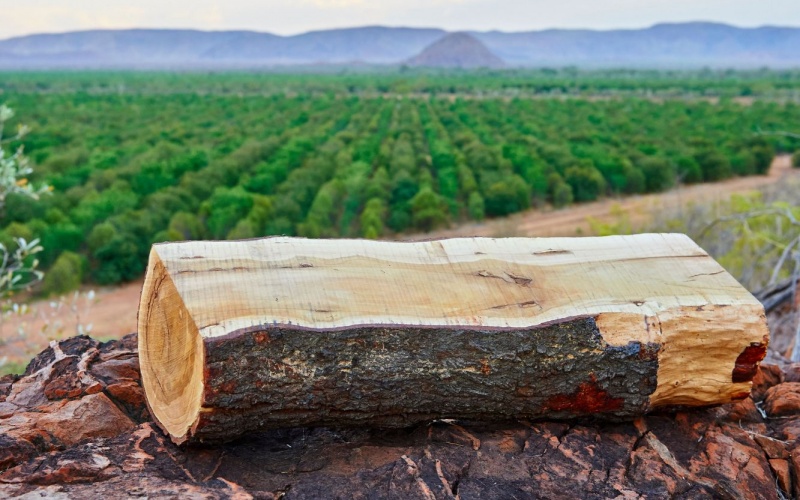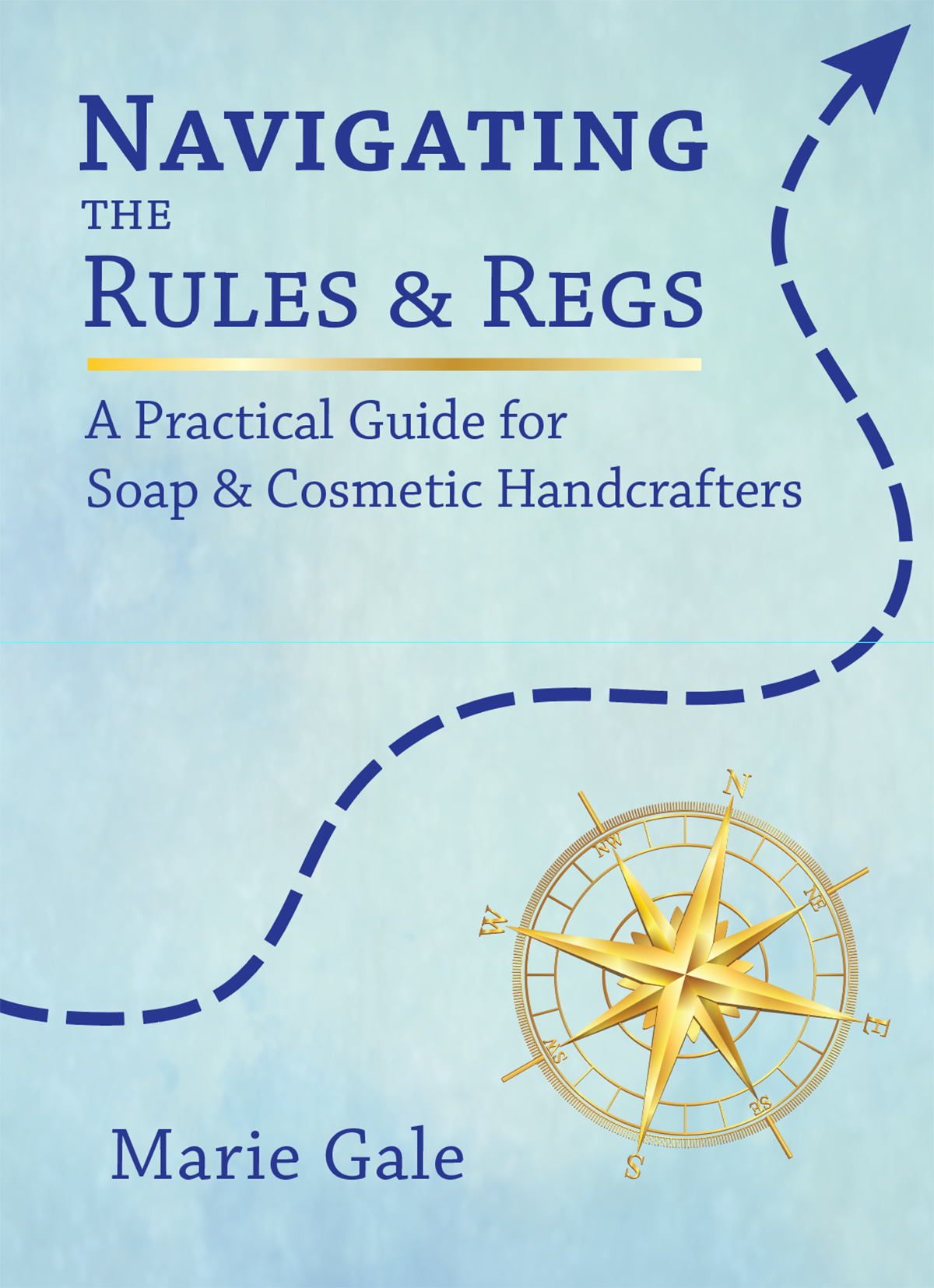When I first started making cosmetic products over 20 years ago, Sandalwood essential oil (one of the historical staples of perfumery, aromatherapy, and traditional medicine) was on the no-go list. At that time, Indian Sandalwood (Santalum album) was on the verge of extinction. It was added to the threatened species list (listed as “vulnerable”) in 1998. The number of mature trees was declining, harvesting was restricted and a large portion of the oil available on the market then was from poaching and illegal harvesting.
Meanwhile, the use of Australian Sandalwood (Santalum spicatum) was on the increase. It grows natively in Australia and has similar qualities to Indian Sandalwood, although it only has about 1/3 to 1/2 of the santols which give sandalwood its unique properties. A search online shows many companies offering Australian Sandalwood oil for sale. It’s not cheap, but it is available.
Indian Sandalwood Production
Indian Sandalwood is native to… India. It has a long and sacred history; even Cleopatra is said to have known the benefits of sandalwood and used it in her cosmetics. In 1792, the Sultan of the Kindom of Mysore declared sandalwood a royal tree and took over the sandalwood as a monopoly of the state. Harvesting of the trees was carried out by the state for the benefit of the state. No individual could legally harvest sandalwood without permission from the state. Since sandalwood is the 2nd most valuable tree in the world, limited access to sandalwood led to widespread illegal harvesting of sandalwood and increased forest depletion.
With no replanting or sustainable forestry management, sandalwood was placed on the vulnerable species list. At that time it was estimated that there were only about 350,000 remaining mature sandalwood trees in the world. In 2002, the government monopoly on sandalwood was relaxed, which led the way to innovation in the sandalwood industry.
Sustainable Forestry
It turns out that sandalwood CAN be grown and harvested as a managed forestry product. In 1999, Quintis Sandalwood determined that certain portions of northern Australia were suited to growing Indian sandalwood. With the initial planting of seeds sourced from existing trees in India, they now have 5.5 million Indian sandalwood trees located on nearly 30,000 acres of sustainably managed forestland.

Their first harvest of mature trees was in 2014.
Other managed Indian sandalwood plantations have also been established in Australia as well as in their native areas of India.
Sandalwood Oil
As a result of the massive investment and economic foresight of Quintis Sandalwood and others, sustainably sourced Indian sandalwood oil (from Australia) is now coming onto the market.

Now, don’t get me wrong. It’s still very expensive–in the range of $250 to $600 per ounce (retail prices). But if you want to follow in Cleopatra’s footsteps and use the essential oil from the heartwood of the King of Trees in your perfumes or cosmetics, it CAN be ethically sourced.




Leave a Reply